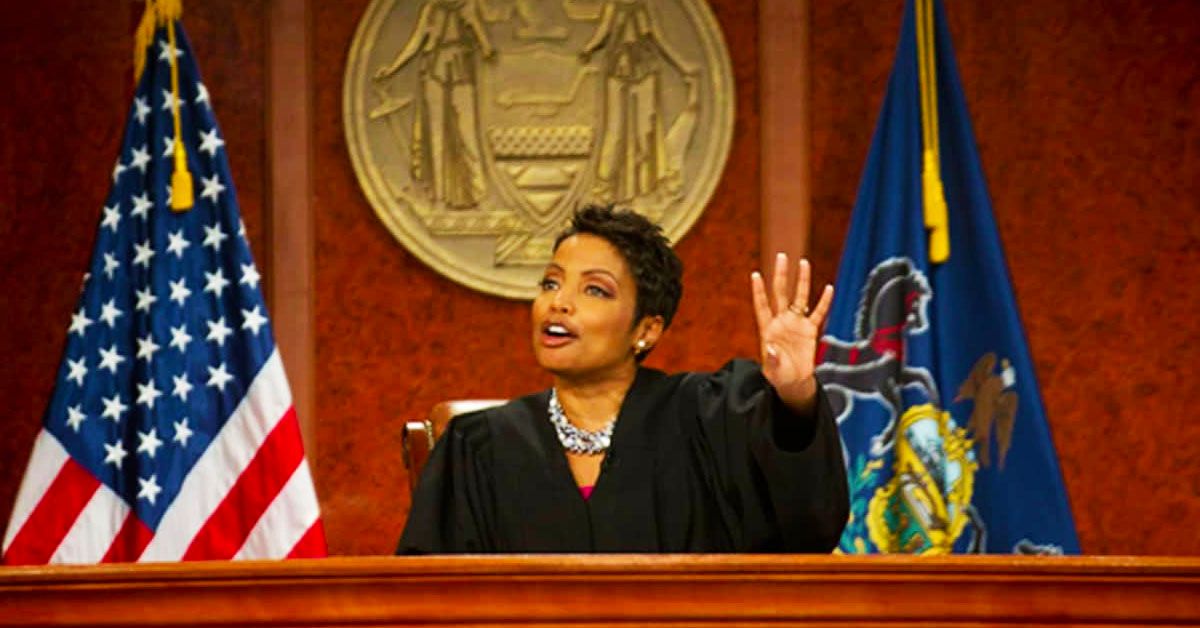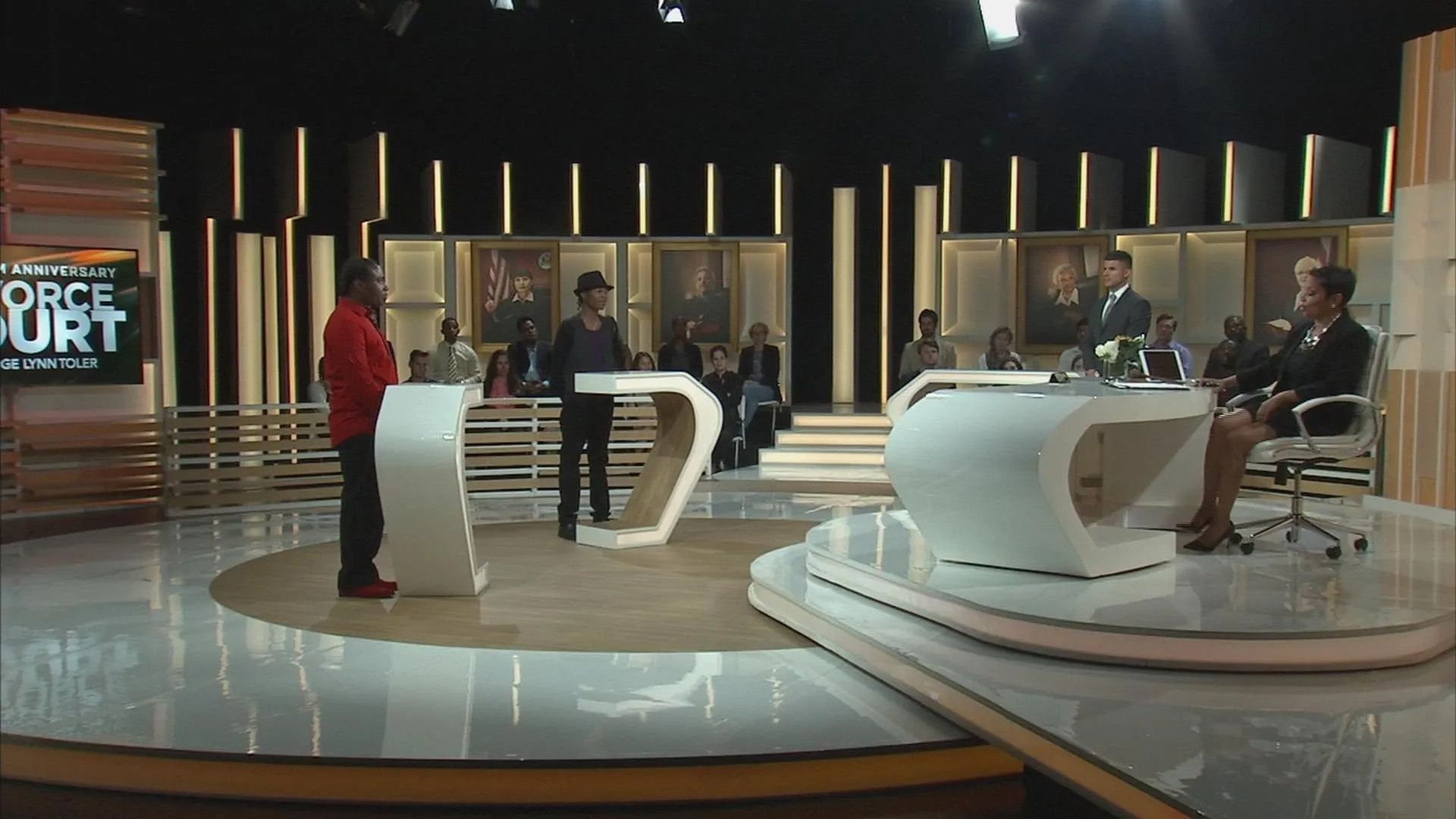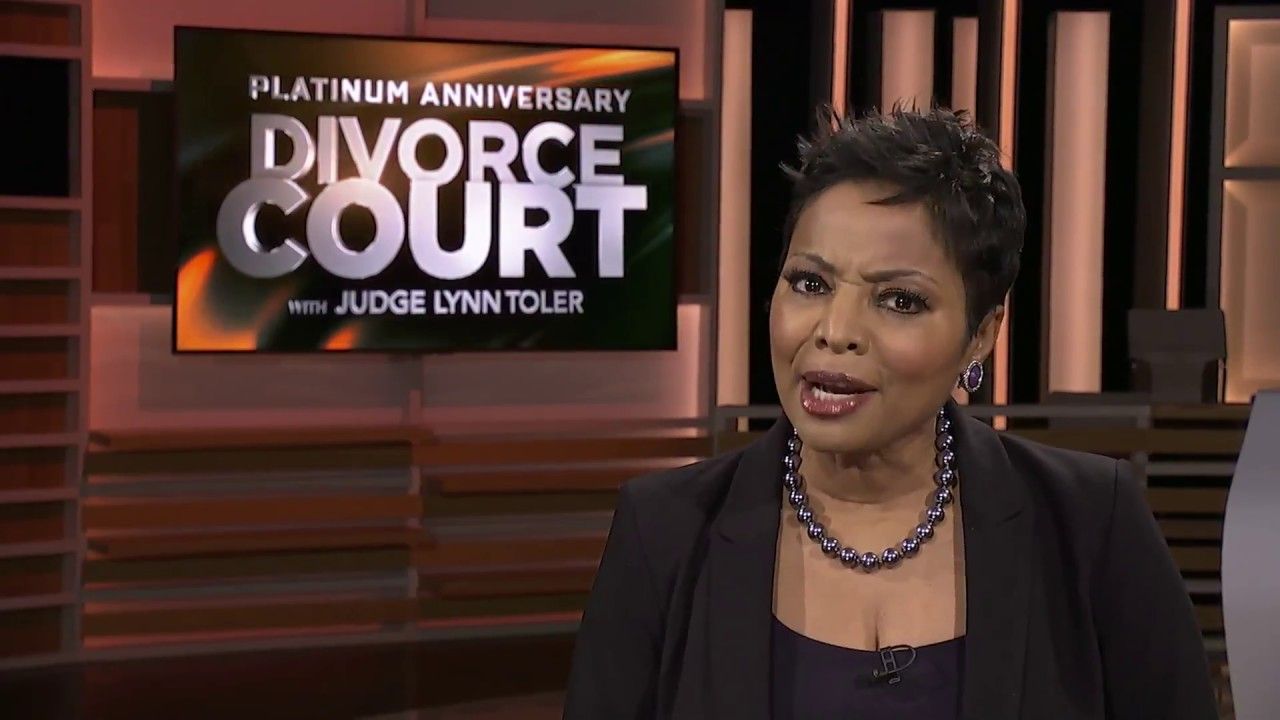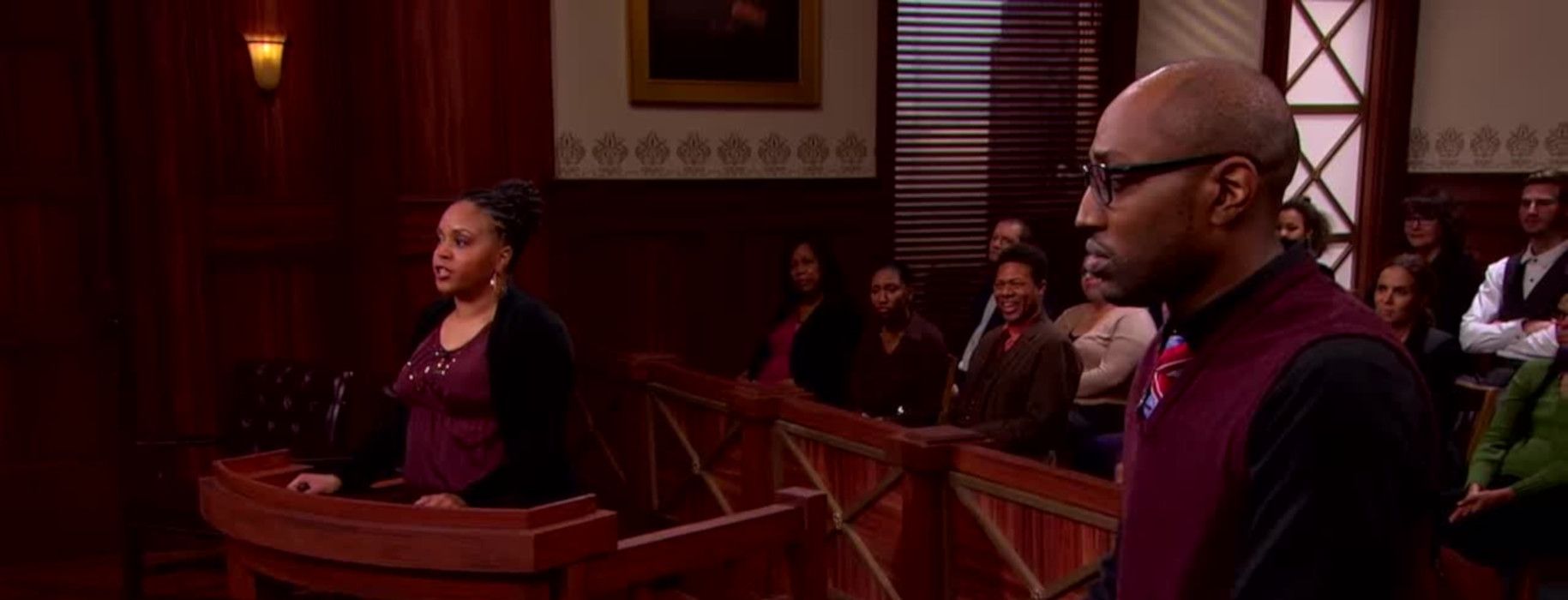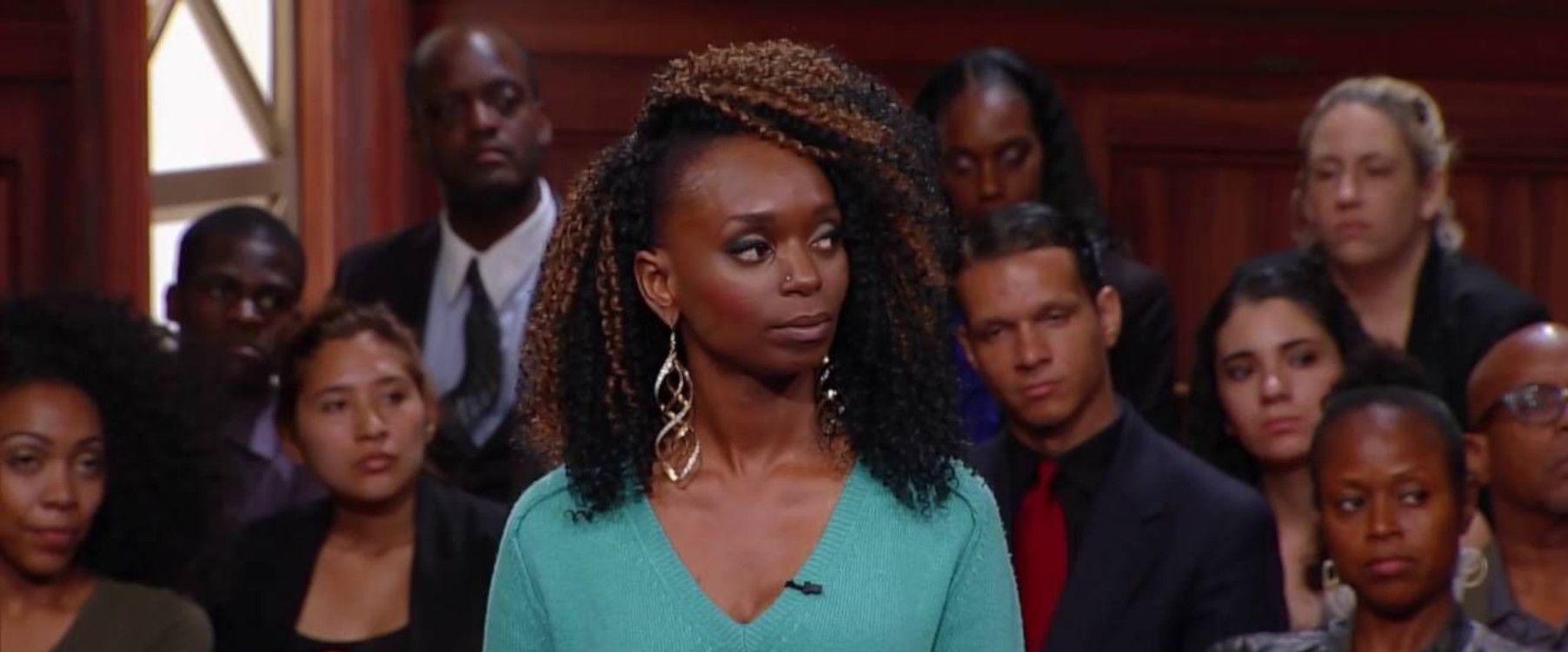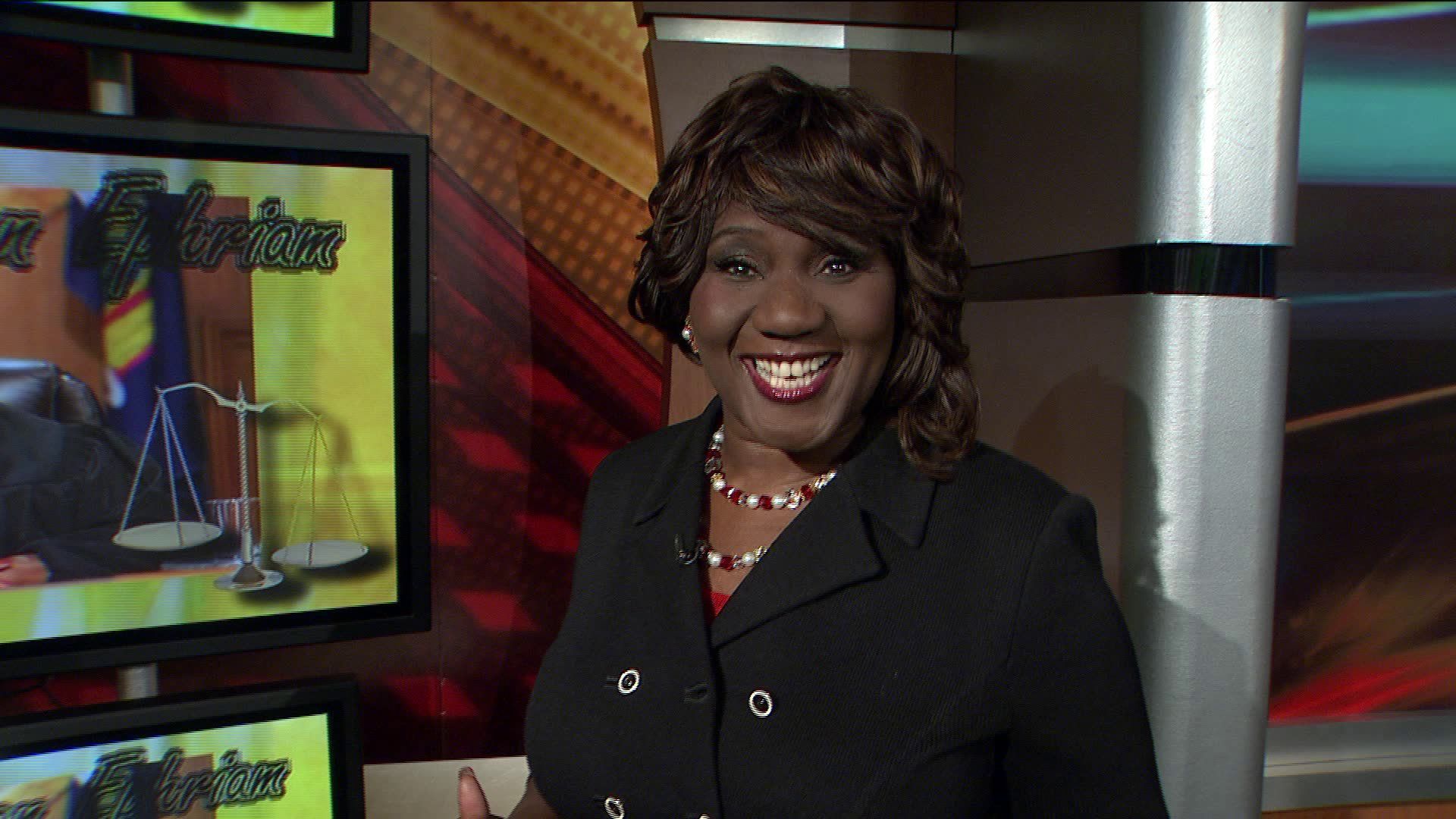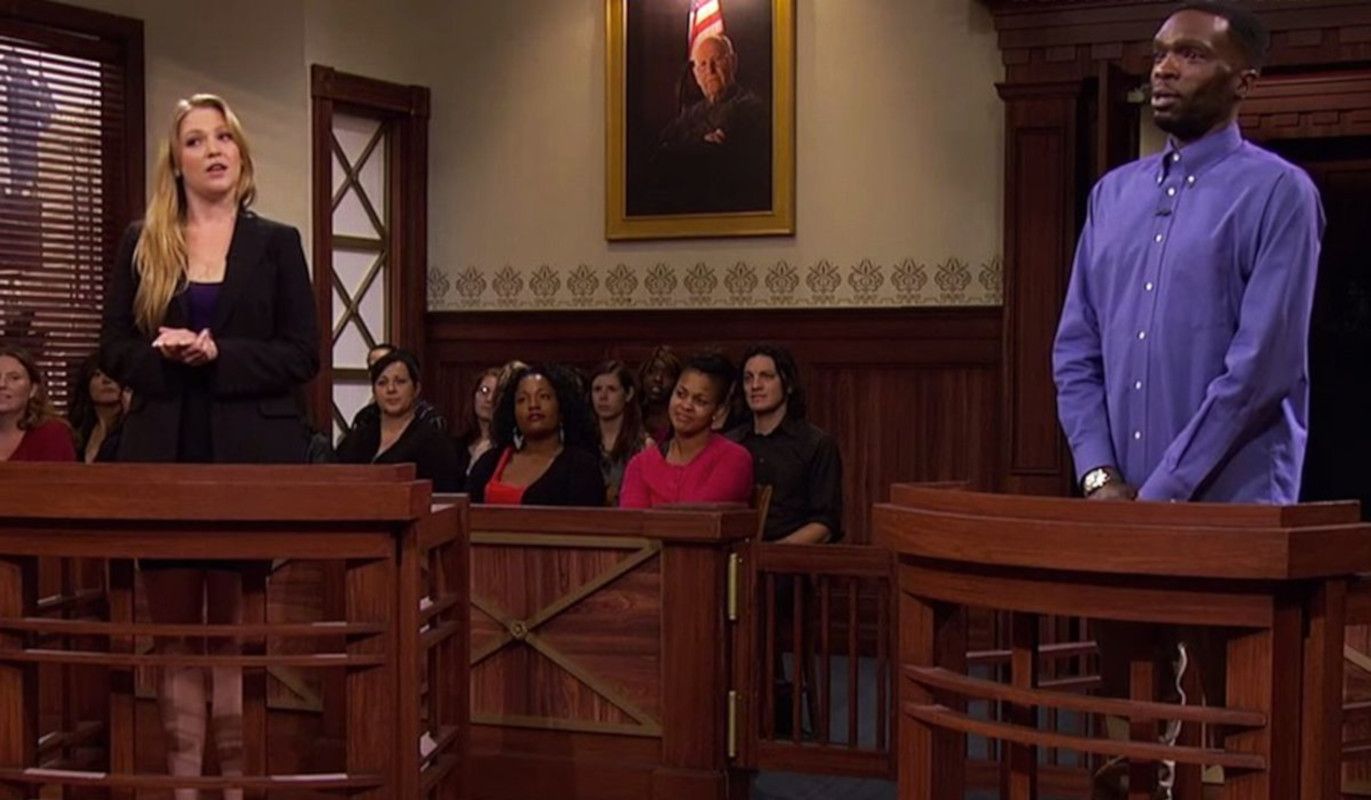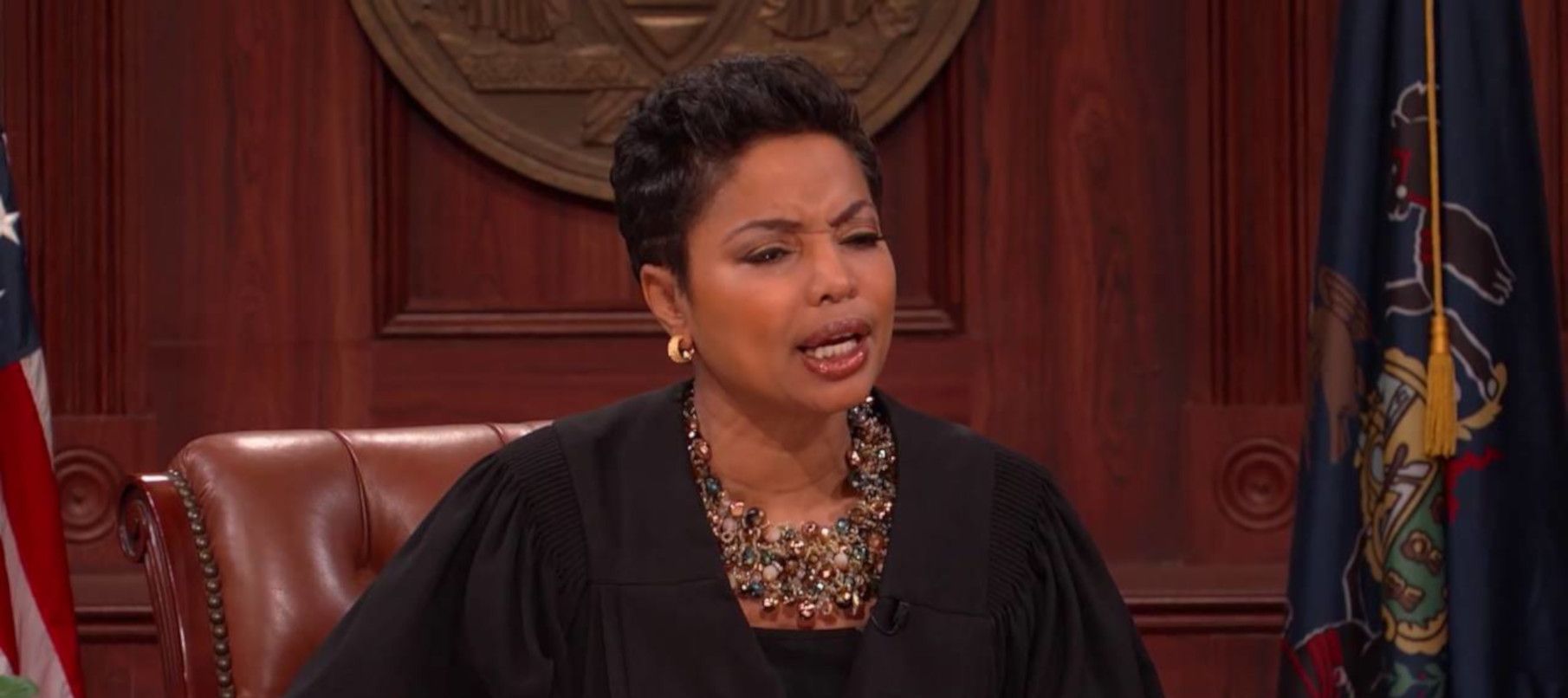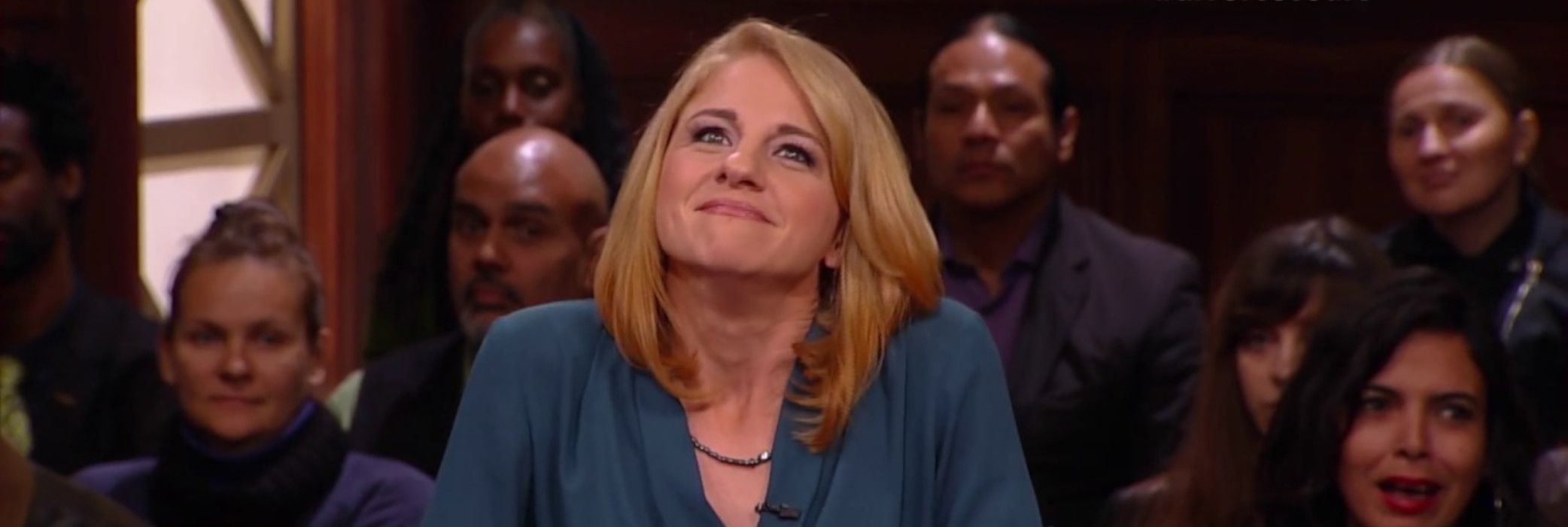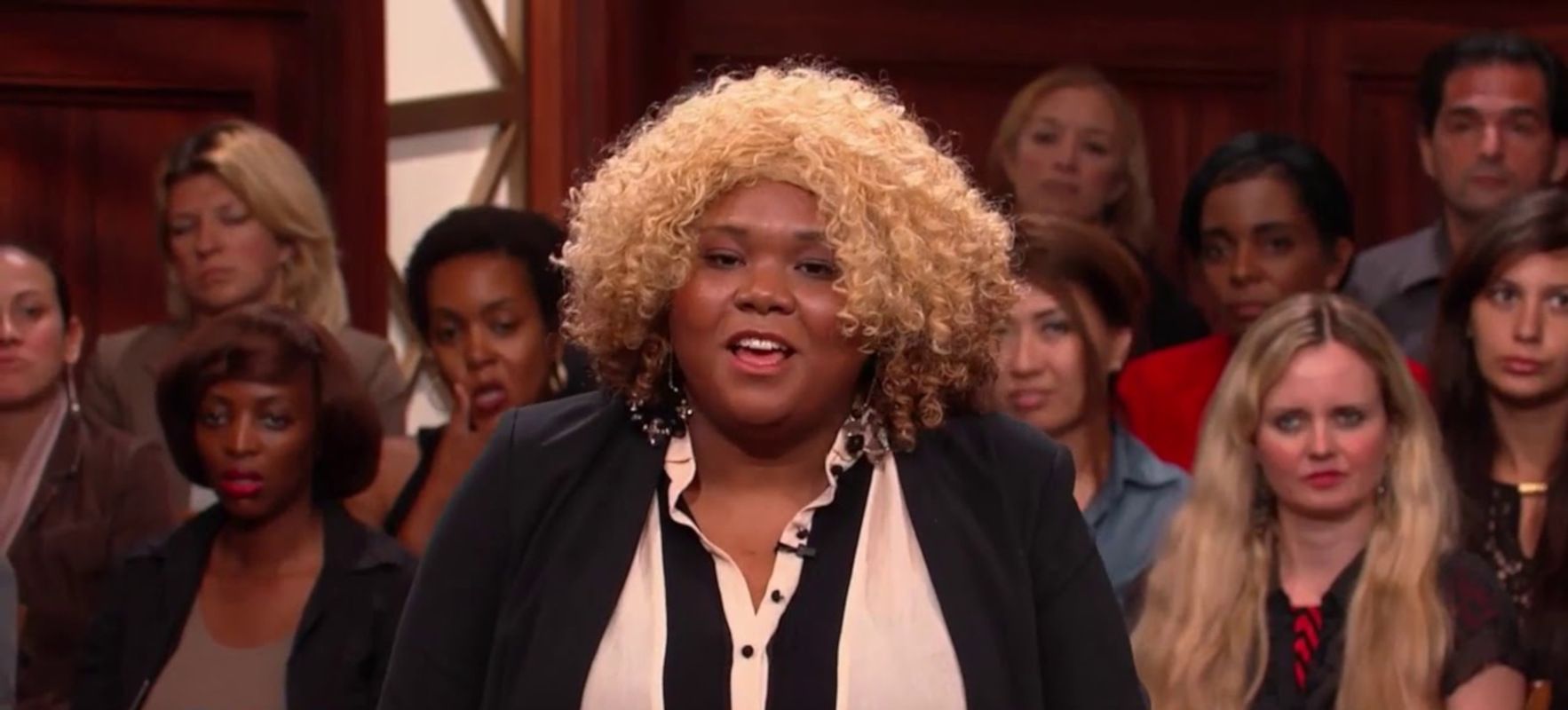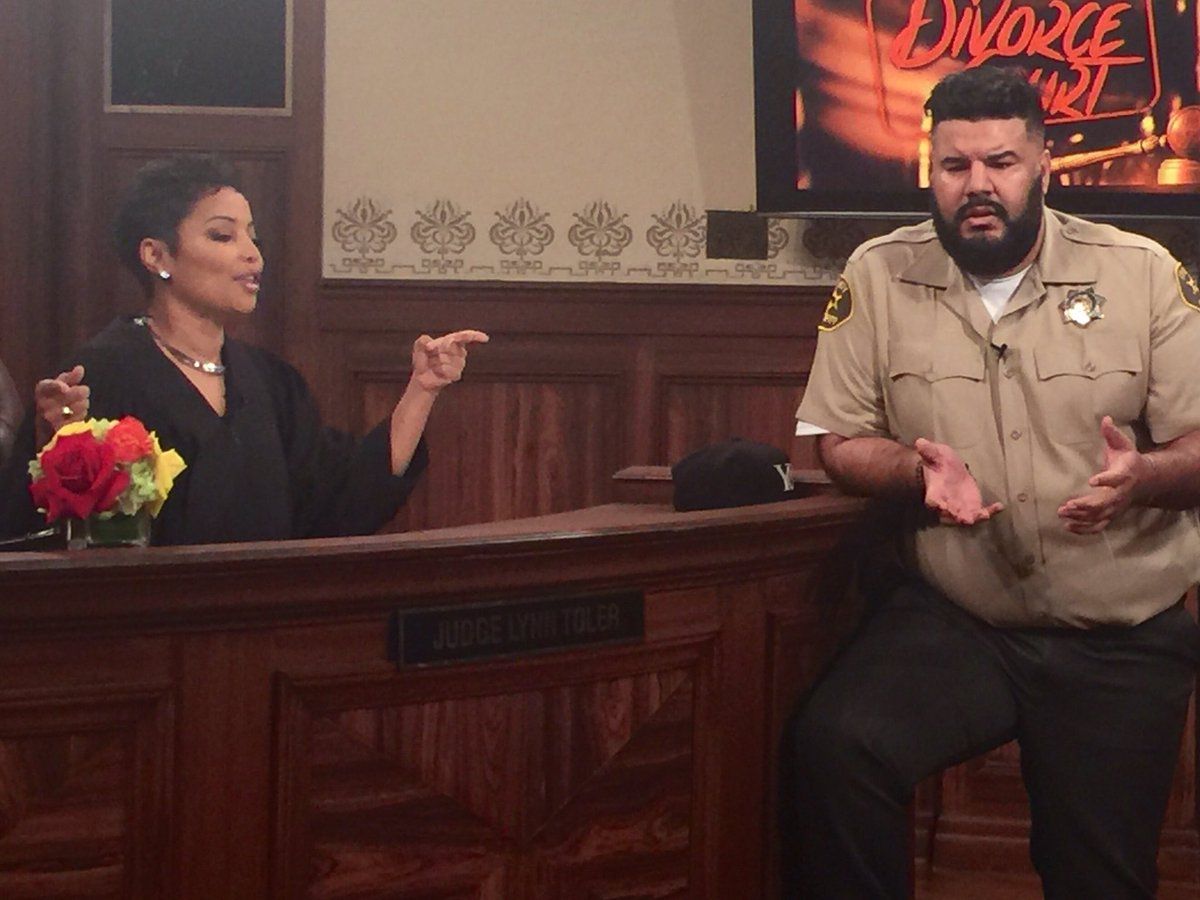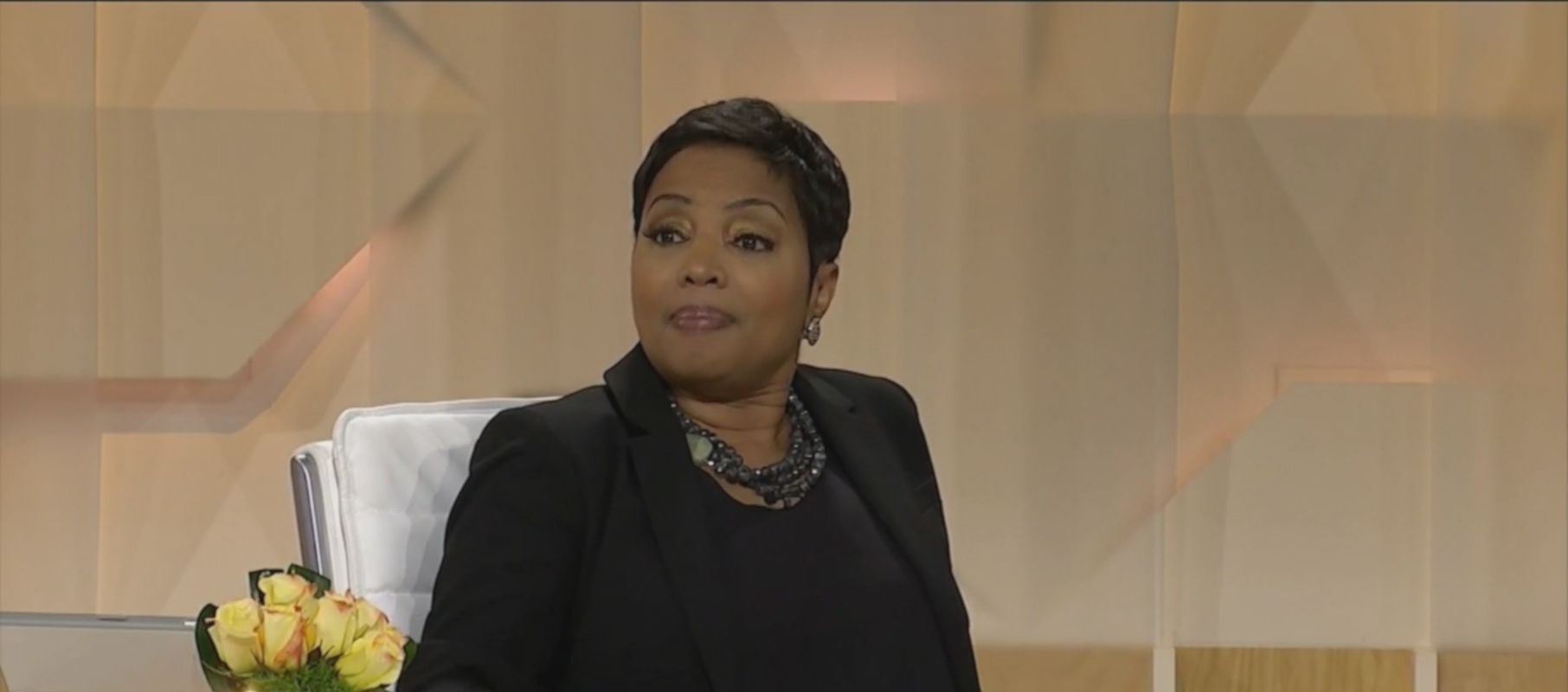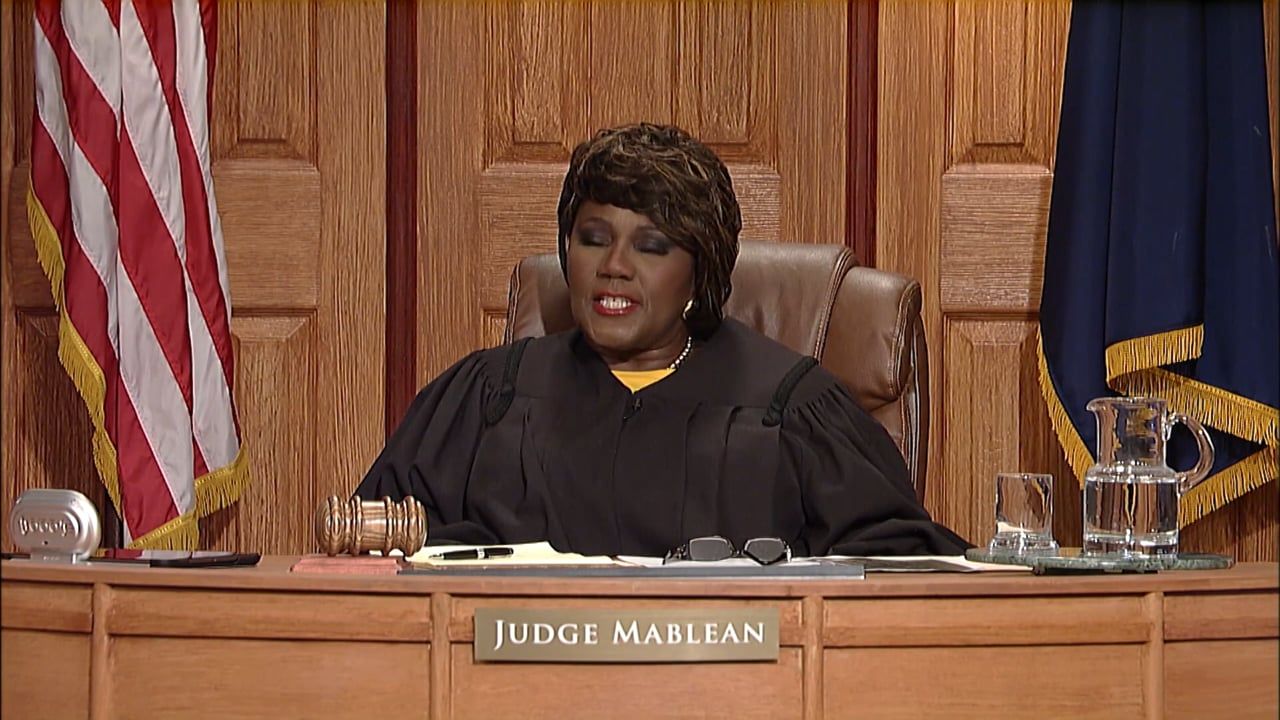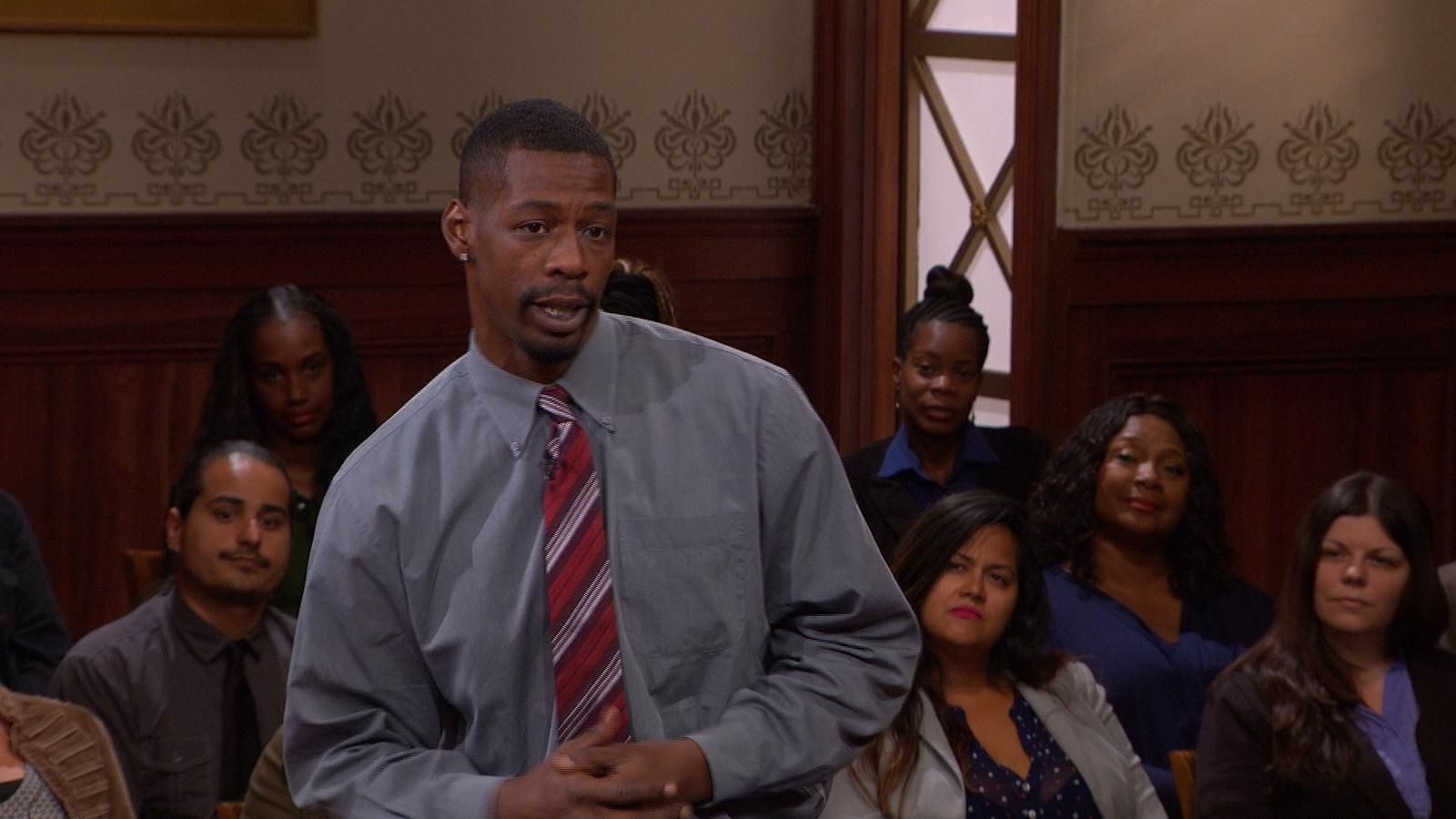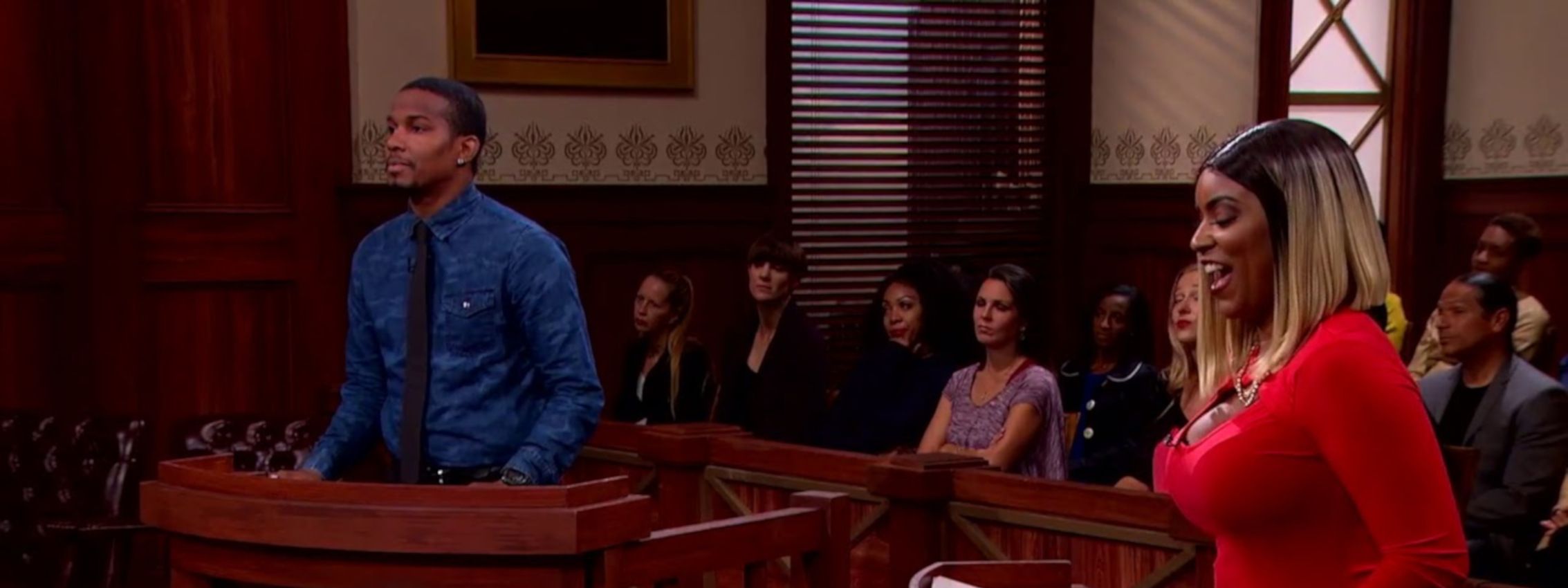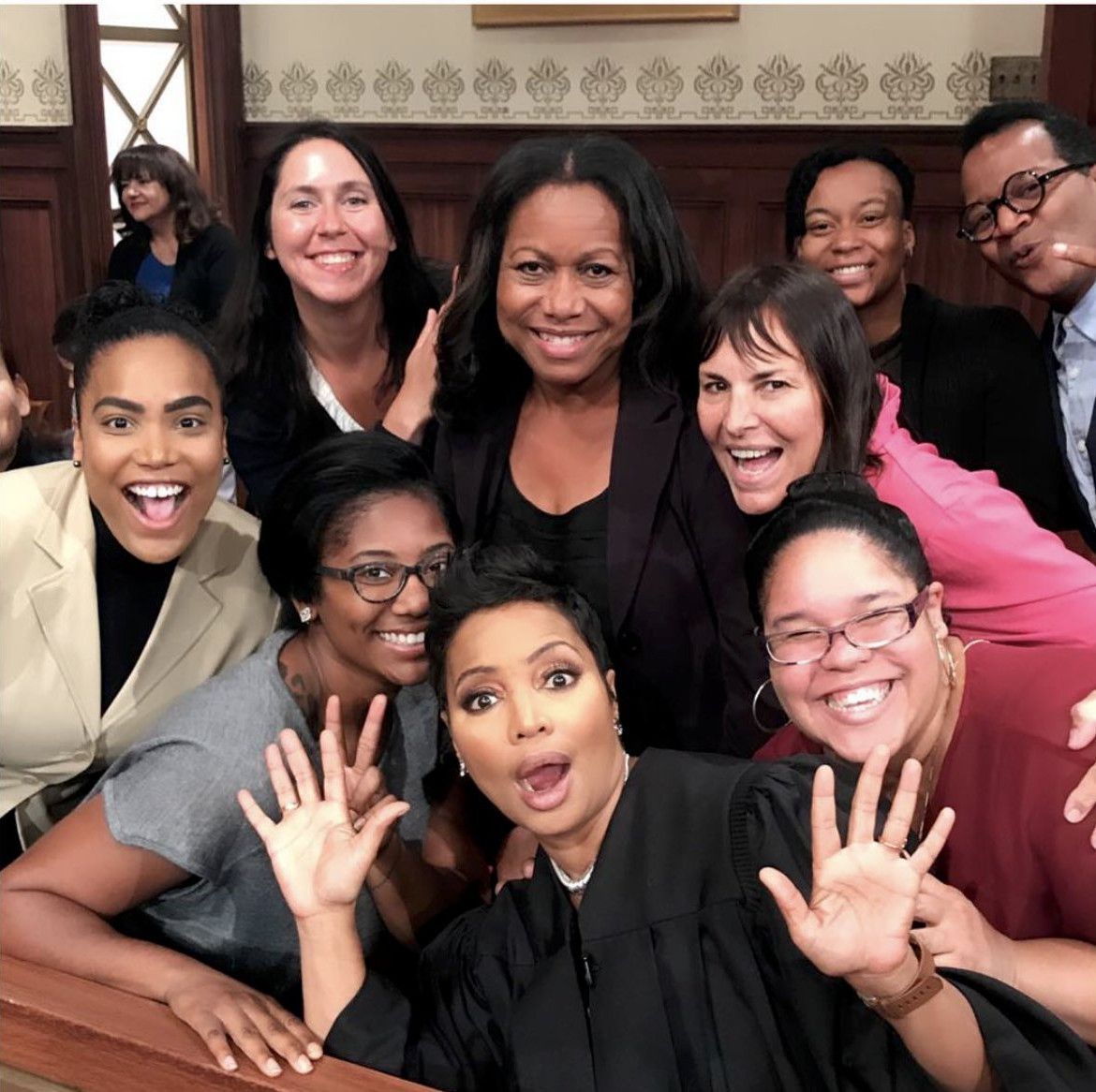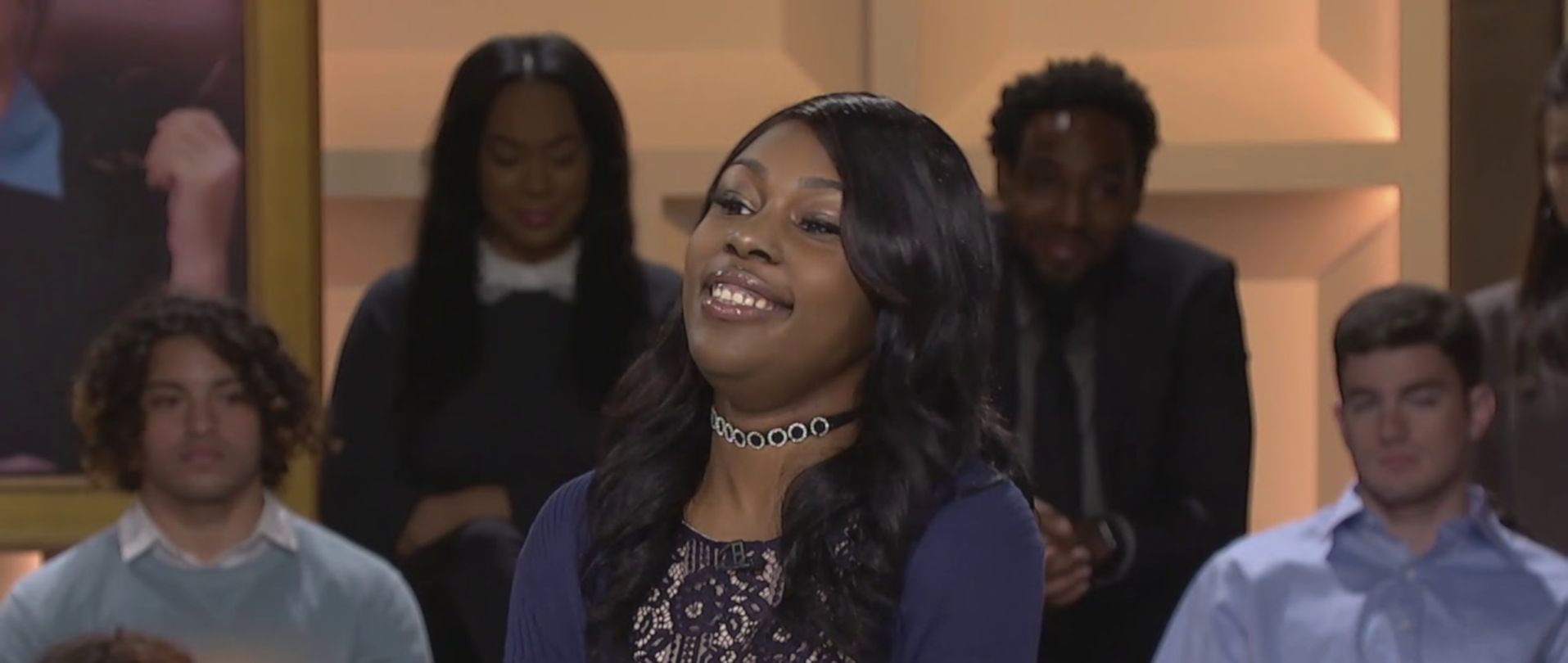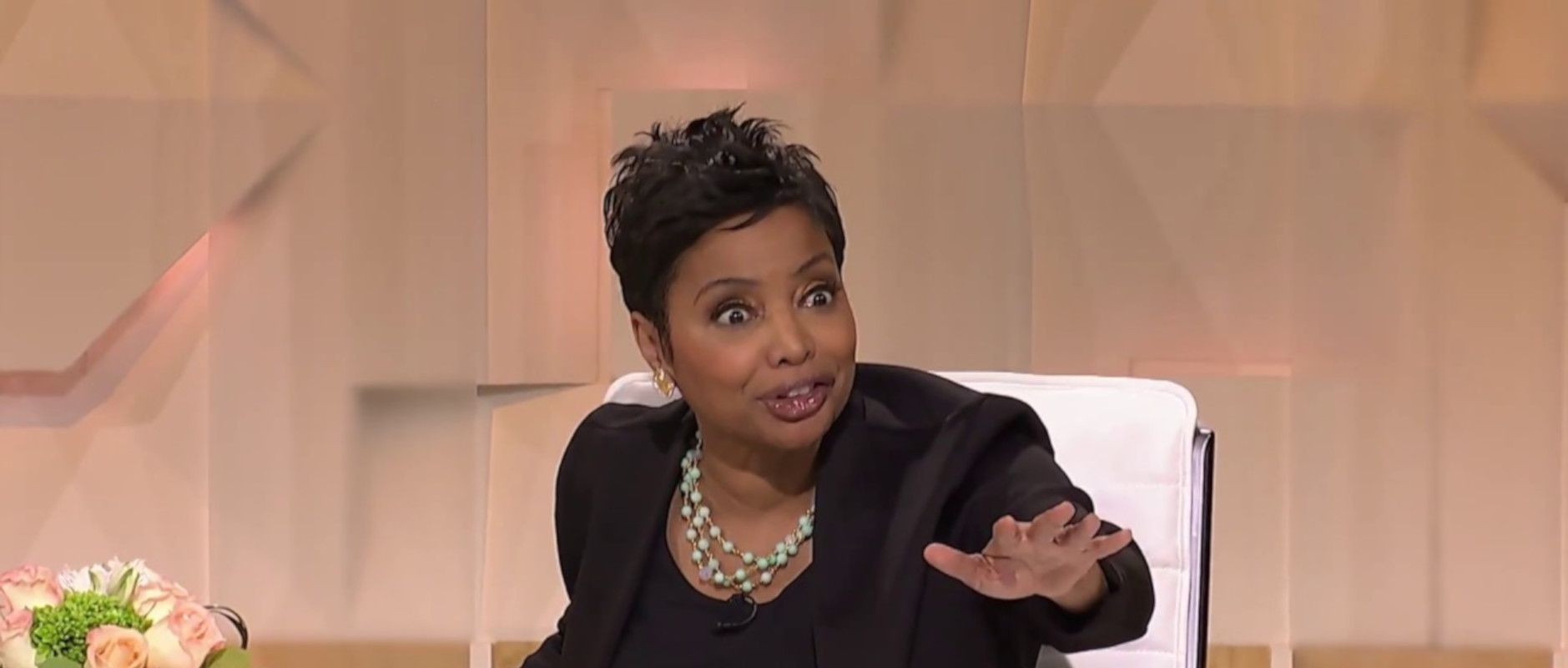Divorce Court first hit the screens in 1957 until it went on a long break in 1969. The first judges on the show were Voltaire Perkins and Collin Male. Then, William B. Keene took over in 1984 when the show came back on the air, and since then, each season has had a different judge. The show’s seventh and current judge is Lynn Toler, who took over from judge Mablean Ephriam in 2006. Divorce Court is the longest-running court show, although it comes second after Judge Judy in terms of the number of arbitrations it has had.
A couple going through marital problems are the right candidates for the show, especially if the two parties would not mind talking about their issues on TV. Like any other reality show these days, there are indications that the show is not as real as we would want, and as a result, the producers have some secrets they would prefer to keep hidden. Here are some of the secrets.
20 The Participants Must Be As Dramatic As Possible
As is the case with other reality TV shows, Divorce Court participants have to put up an excellent performance if the show is to remain on the air and maintain good ratings. According to a partner quoted on quora.com that works at the litigation boutique, most arbitrations are normally quiet but because the guests are on TV, they have to be more dramatic.
19 The Reason They Moved The Show To Atlanta, Georgia
Filming of Divorce Court recently moved to Georgia because of the cheap cost of having the show there. As stated on urbanhollywood.com, most of the litigants come from the area as opposed to Los Angeles where they had to accommodate guests from other states. However, the show is having a hard time getting qualified staff to work there.
18 Judge Lynn Toler Also Had Problems With Her Marriage
Divorce Court’s recent judge, Lynn Toler has been married to Eric Mumford since 1989. Their marriage like any other has had its ups and downs. However, Toler says on huffpost.com that her courtroom couples’ stories and issues have made her realize how resentment and lack of communication have affected her marriage. Therefore, Toler and her husband strive to work on communicating better with one another.
17 The Participants On The Show Get Paid
Realitywanted.com advertises casting calls for reality TV shows. According to the website, when Divorce Court was filming in LA, the show used to pay $1140 to a couple to appear on TV, which means that each party got $570. As if that is not enough of an incentive, the show would also pay their travel expenses.
16 The Audience Is Made Up Of Actors
The cases that appear on Divorce Court are real. However, according to a blog by Jeff Cramer, some of the spouses are actors as well as some of the witnesses. For the courtroom to appear full, the producers must hire people to sit in the courtrooms. However, they have to sign non-disclosure agreements and agree to a few rules.
15 Judge Mablean Was Fired Because Of Her Hair
Former Divorce Court judge, Mablean Ephriam was the show’s judge from 1999 to 2006. As revealed on lipstickalley.com, one of the reasons the judge decided to part ways with the show was because her contract insinuated that she was giving too much time and money to her hair. Mablean felt that the show was violating her rights by putting this clause so she decided to stop working with them.
14 Judge Toler Once Had A Blog
Lipstickalley.com claims that the current presiding judge, Lynn Toler, once had a blog where she would post her personal opinions about marriage and divorce. Although she was posting under a different name, the producers of the show threatened to cancel her contract if she did not close down the website.
13 Some Couples Are Not Married
A parent on buzzfeed.com disclosed that her daughter and boyfriend got the opportunity to be on Divorce Court despite not being husband and wife. What is interesting is that the show’s producers made them appear as if they were living as husband and wife for the sake of maintaining the whole charade.
12 One Of The Judges Does Not Like Couples Who Cohabit
As much as the producers try to make the audience believe that some of the couples are married, one judge does not advocate for a couple to cohabit if they are not legally married. According to Judge Toler, couples who live together are likely to have kids, which is a lifetime commitment so they should just get married or split. Therefore, the judge made a decision not to tolerate couples who were cohabiting, as seen on ajc.com.
11 Some Scenes Are Usually Redone
A 30-minute episode of Divorce Court takes 25 minutes to record. The other 5 minutes are reserved for commercials. However, this is the case if there are no retakes. Judge Toler admits on ajc.com that sometimes they have to re-tape some scenes. In one instance, she had to repeat her whole introduction because of a name she had mispronounced.
10 The Narrator Does Her Work Even While On Vacation
Divorce Court’s narrator Rolonda Watts admits on YouTube that technology has advanced so much that she can afford to work from home and do narrations for the show’s episodes even when on vacation. She usually gets the scripts via email; she then does the voice-overs wherever she is, edits her work, and then sends it back to the production team.
9 Participants Have To Sign Tons Of Agreements
Lawstreetmedia.com says that whatever the producers broadcast on TV for people to watch is only half of how the court system operates. A number of the people are actors and they usually receive an incentive for a dramatic presentation. However, before filming begins, participants have to sign a contract promising not to reveal what goes on during the court sessions.
8 The Show Pays The Litigation And Arbitration Fees
According to findlaw.com, most litigants who appear on TV courts receive a certain amount of money but the amount should not exceed a certain predetermined amount. Since the show also wants to air interesting cases, they have to cater to the litigants’ airfare and hotel accommodation as well as any legal fees. TV court producers also pay famous people to appear on their show.
7 The Judges Take Home A Hefty Paycheck
Divorce Court pays pretty much everyone who participates in the show and helps produce the show. One of the persons with the highest paycheck is the presiding judge. Currently, Toler takes home a very generous paycheck. As revealed on celebritynetworth.com, Judge Lynn Toler makes $5 million.
6 The Judges Are Dispensable
Divorce Court has had seven presiding judges since it started airing in 1957. Some have left on their own volition while others have had fallouts with the show’s producers. Whichever the case, it is clear that the judges on the show are at the mercy of the producers and have to act accordingly or risk being fired, as noted on lawstreetmedia.com.
5 The Cases Are Not Actual Court Cases
According to Wikipedia, the cases on Divorce Court are more of arbitrations rather than actual court cases. People who do not wish to spend a lot of time and money can settle their disputes in arbitration courts. The ruling in arbitrations is legally binding and rarely can the parties make an appeal in an actual court unless there is something major that has been left out during the arbitration.
4 Winners And Losers Get Paid
Whether a person wins or loses in court, they still get paid to appear on TV. Lawstreetmedia.com confirms that both parties who appear before the judge get to take something home, which is why most losing parties do not appear aggrieved even if the judge rules against them. As earlier indicated, the court can also cater for the arbitration fees.
3 Some Staff Members Have Complained About The Working Conditions
Joan McCall worked as a writer for the show for 25 episodes and during that time, she disclosed to Jeff Cramer that the producers she worked with were not so concerned about their staff. The writer also claimed that they refused to pay her the full amount owed for her service. She had to sue them to get paid.
2 The Show Holds Rehearsals
According to blogger Jeff Cramer, an episode of divorce court, especially during judge William B. Keene’s reign, could be filmed without pausing. However, the cast had to do a rehearsal before every episode. The first lot of people would get to the set at 5 a.m., rehearsed at 6 a.m. then the show would go on air at 8 a.m. After the show, the cast would take a break, then the cycle would begin all over again.
1 The Judges Are Not Real Judges
As stated on Wikipedia, most of the judges who appear on Divorce Court are not practicing judges, most are retired judges who of course have extensive knowledge of the court system. The court proceedings are therefore less formal than court cases but the judges have the capacity to hear cases and make unbiased decisions based on the facts presented before them.
Sources: Lawstreetmedia, buzzfeed, Lipstickalley, huffpost, urbanhollywood

